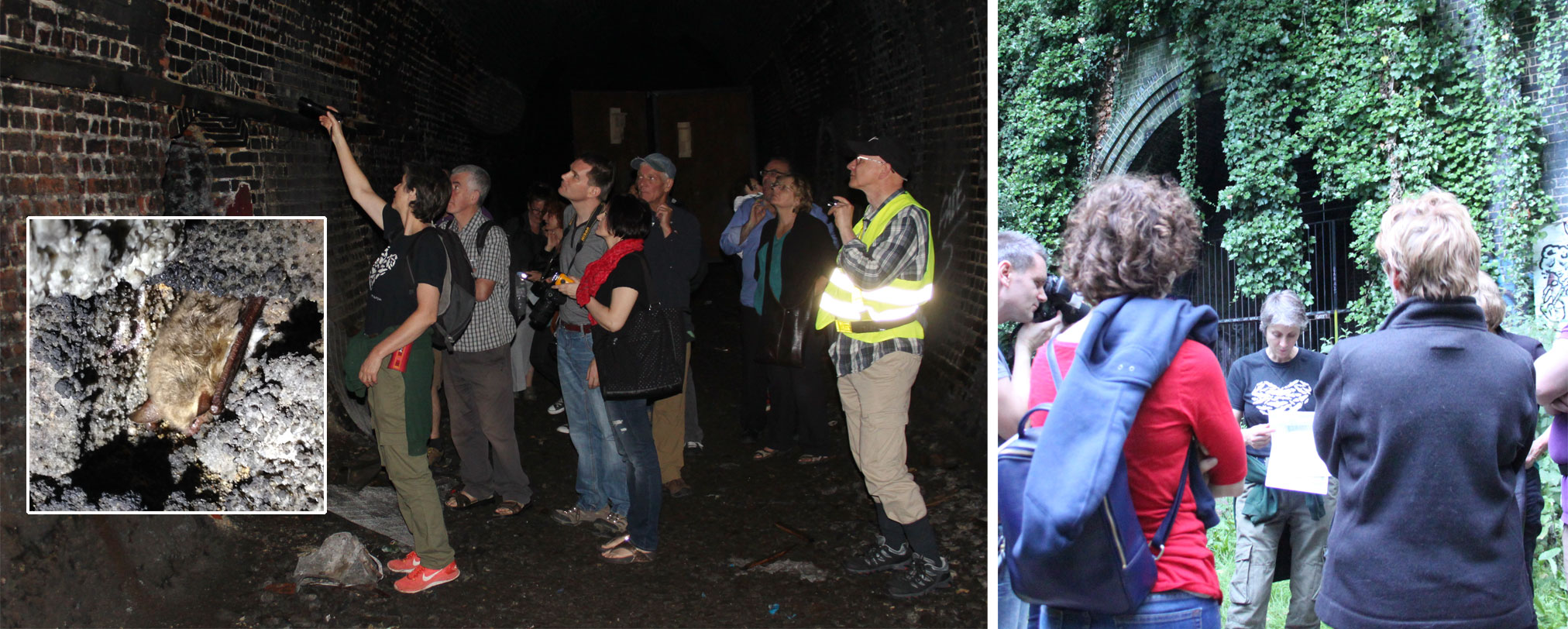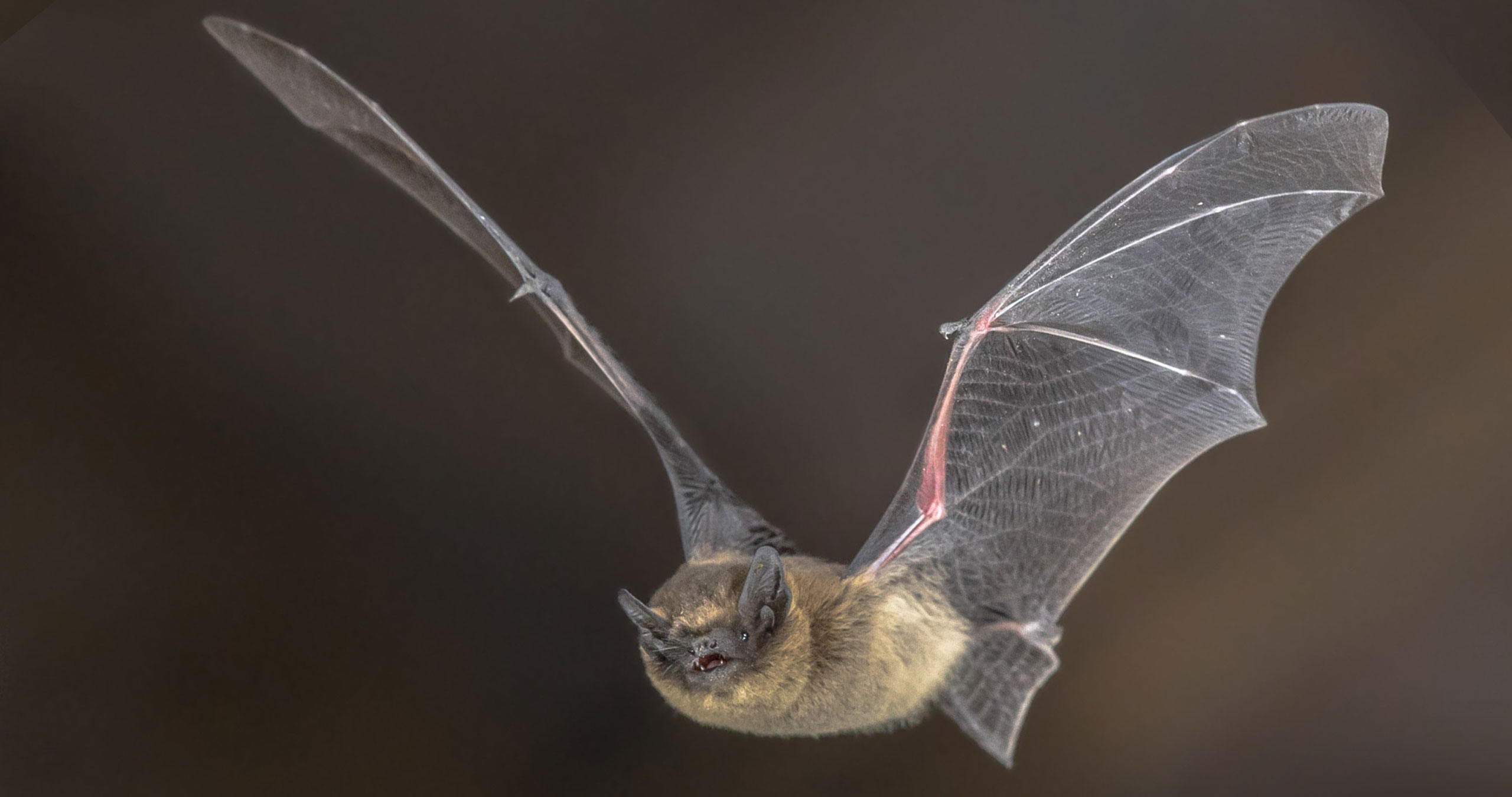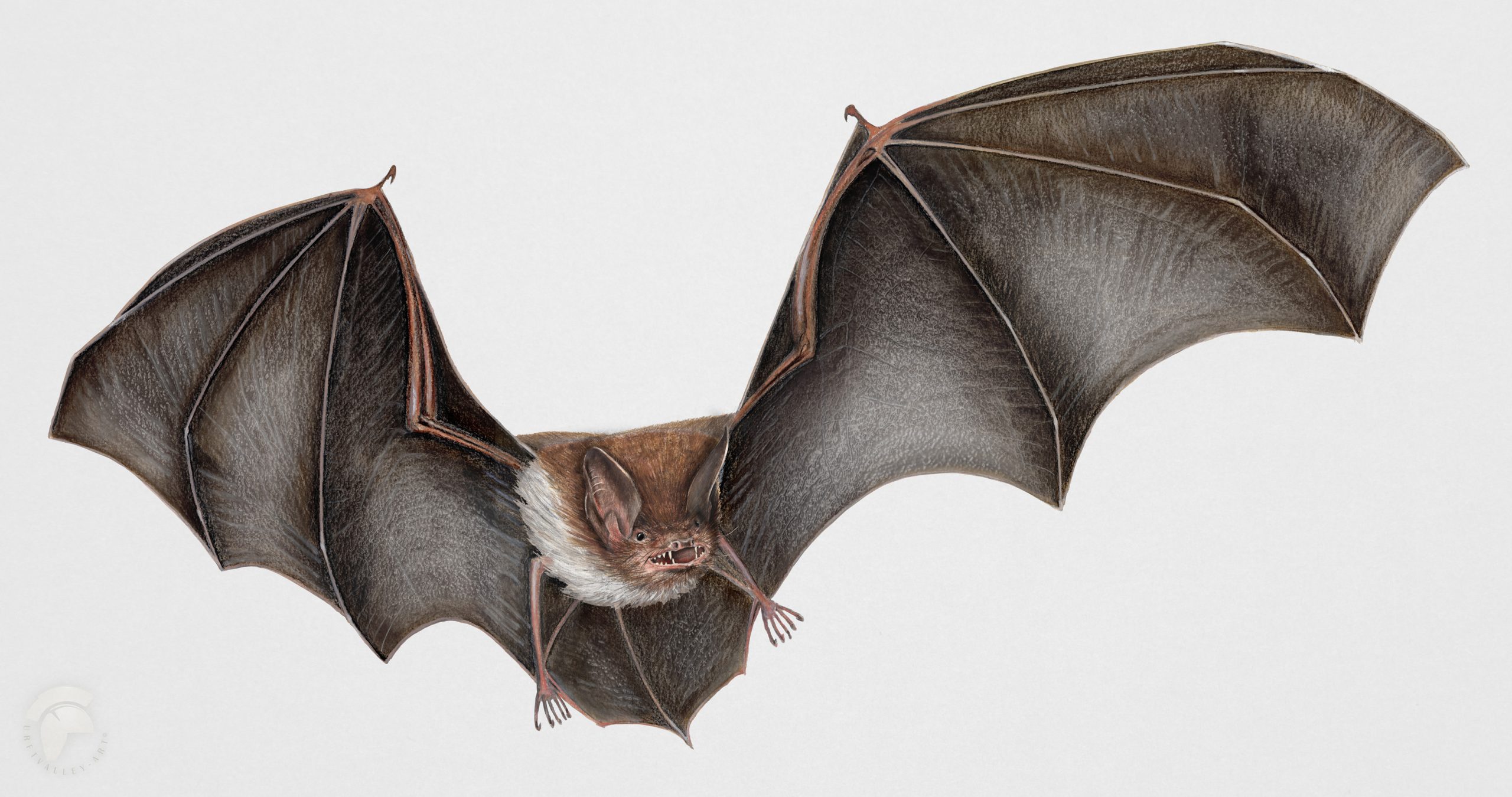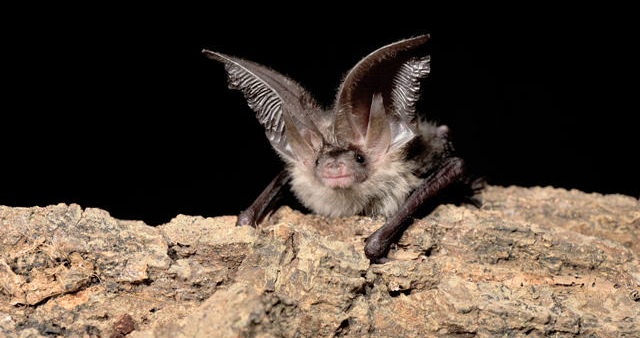The value of the Parkland Walk to people and wildlife can be observed during any daytime visit, but what is less well known is the reserve’s importance to animals active at night and especially to bats – one of the reasons why the nature reserve does not have a lit path. The disused railway tunnels in Highgate are one of the most important bat roosts in London. This haven is monitored regularly by the London Bat Group.

British bats and their roosts are protected by law due to the dramatic drop in their numbers over the last century. The Parkland Walk provides a safe dark corridor linking other key sites such as Queen’s Wood and Highgate Wood but notably Finsbury Park and Woodbury wetlands where insect numbers are especially high.

Common pipistrelle
Brown long eared bat

Daubenton's bat
Bats can live up to 30 years the female having one pup each year. The tiny Pipistrelle can eat 3,000 insects in a night. They are the only mammal that can fly, and genetically are closer to humans than they are to mice. All bats use echolocation to fly and find food but it’s not the case that they are blind. Echolocation is a highly adapted skill. Seven species have been recorded on or adjacent to the Parkland Walk; Brown long eared, Common pipistrelle, Soprano pipistrelle, Daubenton’s, Leisler’s, Natterers and Noctule.
The best time to see bats is at dusk. You should see them in the area in front of the tunnels but the lake at Finsbury Park is one of the best places.

